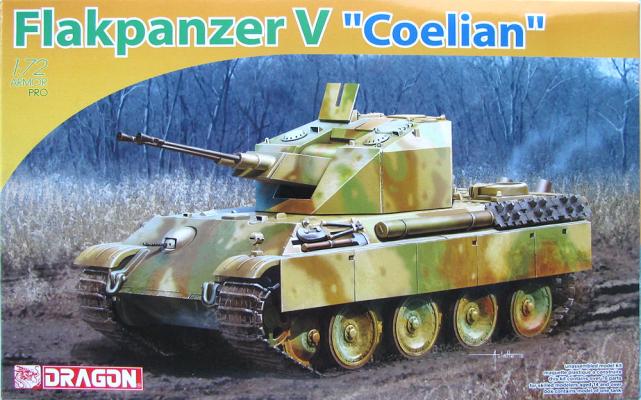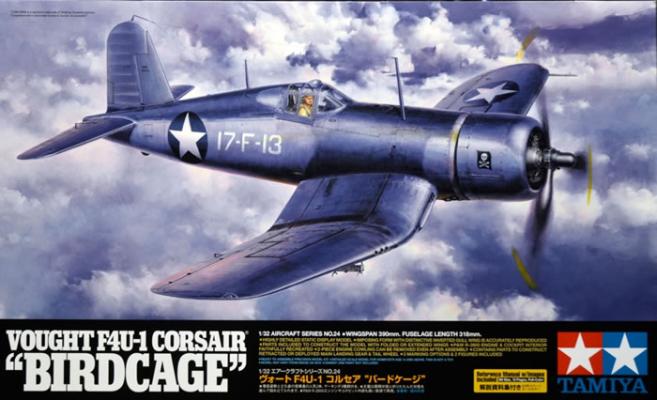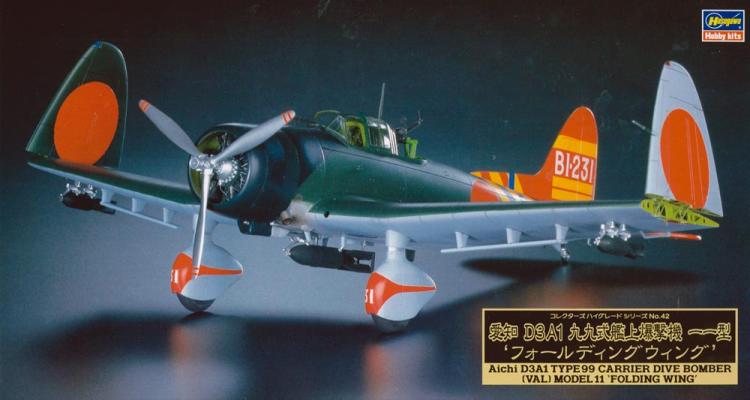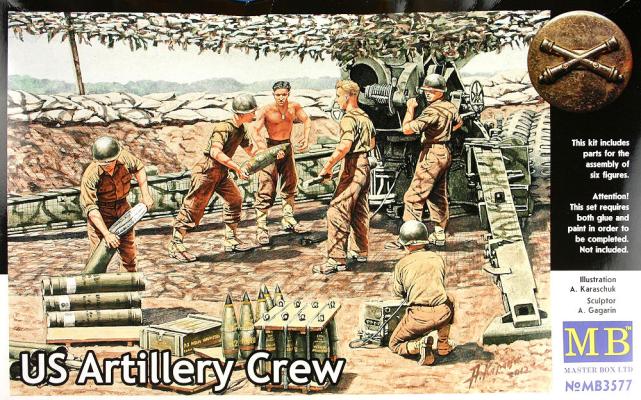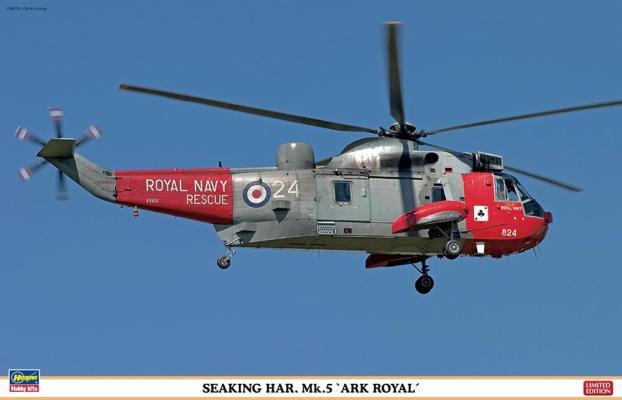If you are looking for a fun, easy to assemble kit to fill some of your time during the dog-days of summer, I would suggest that you consider looking towards the folks at Dragon and one of their latest releases, a 1/72 scale Flakpanzer that is based on a Panther chassis. Aside from the road wheels, there are a minimal number of parts for this kit, which allows for quick assembly. The fit of the parts presented no issues, and the builder ends up with a nice-looking late-war paper-Panzer. A person with relatively little modeling experience can have very good results with this kit.
Welcome to the IPMS/USA Reviews site!
Introduction: The primary organization of the IPMS/USA Review website is by IPMS/USA National Contest Class. Within each Class there are sub-menus by kits, decals, books, etc. The Miscellaneous Class is for items that are not class specific or that cross two or more classes.
IPMS/USA Members: We encourage you to submit reviews, both here and to the Journal. To volunteer for membership in the IPMS/USA "Reviewers Corps" and submit your own reviews, please read the Guidelines For Submitting Product Reviews.
Manufacturers, publishers, and other industry members: IPMS/USA is pleased to offer your company the opportunity for product reviews. All product reviews are performed by IPMS/USA members, and are posted in the publicly-accessible section of our website. With very few exceptions, we perform full build reviews of new kit releases, aftermarket products, and supplies. If you would care to provide product samples for review, please contact John Noack, IPMS/USA 1st VP.
To learn more about IPMS/USA, please see our About Us page.
Wow. When this came in, I thought about first doing only a sprue review, but elected pass. Several other web sites have sprue shots, but to me, as a modeler, I want to see the build and not unassembled sprues. So I started right off building. A quick look at the kit: 17 sprues with 2 clear. The kit I had is the export version and has a clear cowling. This also includes the standard clear sprue, two sprues of pilots, and a stand. There are two PE frets, decals, and a masking set (not precut). There is also the gigantic instruction book. The kit is as nice as advertised – but enough preview, let’s glue and paint.
History Brief
In 1936, the Imperial Japanese Navy requested bid submissions for a carrier-based bomber prototype from Mitsubishi, Nakajima, and Aichi. With Mitsubishi dropping out early, the contest was narrowed down to the two remaining competitors. The Aichi prototype made its initial test flight in 1938 and despite several R&D problems was officially adopted in 1939 over the Nakajima prototype on the merits of its superior speed and maneuverability.
The set had very minimal flash and no ejection pin marks. The few mold lines there were easily removed with a sharp blade. There are no decals, and some painting instructions. ou will need to copy what you see in the illustration. There are not even any part numbers on the sprue, just a picture on the back of the box with the numbers listed next to the part.
The figures went together without a lot of shaping and filling. Two of them are balanced so they can stand without pins or glue. The tools and shells fit the hands fairly well and are nicely made.
Painting these figures will require quite a bit of research and thought before attaching any of the extra equipment and ammo. The photos on the back give you general idea of what the colors are, but my advice is to review your figure references for proper color.
The usual sincere “thank you and appreciate your providing us cool stuff!!!!” goes out to Hobbico for their continued, unflinching support of IPMS USA. I also am more than pleased to send out appreciation to our team leading the Reviewer Corps – Steve and Dick, glad you stick with us!
A re-release of the venerable Sea King from the Hasegawa stable, this kit provides the additional details to make an HAR. Mk. 5 in the form of the radome on the aft fuselage spine, the ice/sand filter in front of the engine intakes, a six-bladed rotor, and several cast metal parts such as a water-rescue stand for the lower right side under the door, a metal rod next to it (probably a grab-bar for the spec-ops types to hold onto), and metal spike antennas under the lower front fuselage area. There are also flare dispensers included in plastic, along with different antenna arrays for this particular mark.











